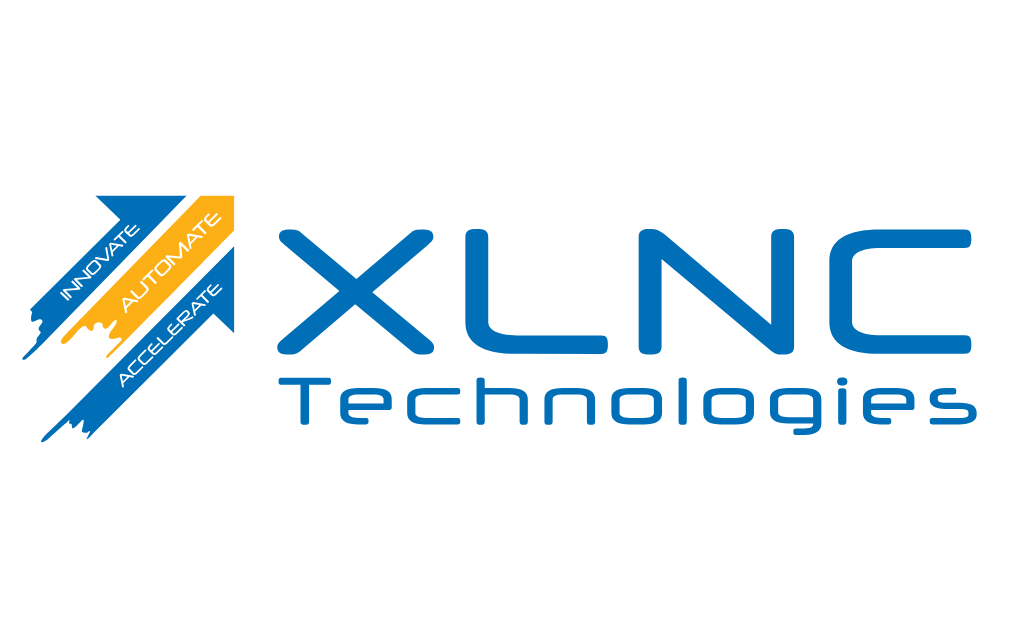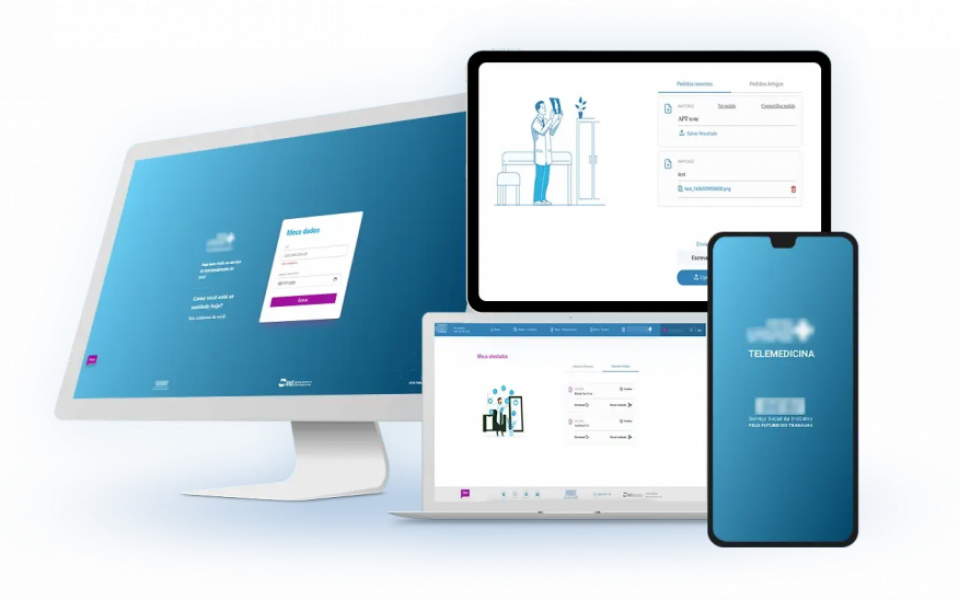Electronic Data Interchange (EDI) revolutionises the bank and financial institution’s data system. This system has improved manual operations with automated and secure data exchange techniques, encouraging efficiency and reducing errors.
What Does EDI Stand for in Banking?
In order to benefit from EDI, it is crucial to grasp its basic principles. So, what does EDI stand for in banking? Simply stated, an Electronic Data Interchange (EDI) is, in the context of business, the process of exchanging business data via structured (electronic) message formats. This procedure is particularly essential to those sectors that require high rates of accuracy and speed in their data, like banks and finance.
In banking, EDI entails the transfer of data in an integrated fashion across institutions employing standardized data forms. The process decreases the amount of manual data entry, the number of errors, and shortens transactions. It represents a stable, safe, and convenient approach to dealing with confidential financial information.
Evolution of EDI in Banking and Finance
The more recent years have seen a lot of changes in EDI:
- Early Days: Initially developed to support basic document exchanges.
- Modern Era: Sophisticated protocols and security ensured that EDI is considered one of the strong pillars of financial electronic data interchange.
- Current Trends: With innovations like EDI payments and real-time processing, banks benefit from faster reconciliations and more efficient interbank transactions.
The major milestones in the evolution of EDI finance came from the introduction of standard formats allowing data integrity and interoperability in financial systems across the globe.
How EDI Works in Banking and Finance
EDI in banking is used instead of paper-based documentation, and the information follows a set of rules and guidelines and is more consistent and accurate. It goes as follows:
- Grouped Formats: Formats like invoices, remittance advice, and the details of interbank transfer information are being sent in pre-determined set formats.
- Secure Transmission: Data flows on secure networks, which minimizes the chances of tampering.
- Automation: With automated processing, tasks such as EDI payments and account reconciliations are streamlined.
EDI Payments
The process of EDI payments is one of the most transformative aspects of EDI in banking. It involves:
- Seamless Transaction Processing: Automated initiation and confirmation of payments.
- Error Reduction: By eliminating manual entry, the chances of errors are significantly minimized.
- Quick Confirmation: Immediate notification and record-keeping facilitate faster response times.
Financial institutions can use EDI payments technology to achieve smoother cash flows and improve customer satisfaction.
Financial EDI for Interbank Transfers
Interbank transfers represent a critical function within banking operations. Understanding what is an interbank transfer helps to see why EDI is so beneficial:
- Automated Data Exchange: Enables banks to reconcile funds between accounts quickly.
- Enhanced Security: Data integrity is maintained through secure transmission protocols.
- Improved Efficiency: Reduces manual intervention, thereby speeding up the transfer process.
For those wondering what an interbank transfer is, it is the process where funds are moved electronically between banks, and EDI in banking ensures these transfers are executed flawlessly. With financial electronic data interchange in place, every interbank transfer transaction becomes faster and more secure.
Benefits of Financial EDI
Implementing financial EDI solutions offers several key benefits:
- Cost Reduction: Automation leads to fewer manual processes, cutting operational costs.
- Enhanced Accuracy: The use of standardized formats minimizes errors and discrepancies.
- Speed and Efficiency: Faster processing of transactions such as EDI payments and interbank transfers.
- Regulatory Compliance: Helps institutions meet regulatory requirements with clear audit trails.
Key Applications of EDI in Banking and Finance
EDI is not just a back-office tool—it has practical applications that drive business success. Let's explore some key applications:
Automating Payment Processing
- Streamlined Processes: Automation of edi payments reduces processing times.
- Error Mitigation: Standardized electronic documents help avoid errors inherent in manual processes.
- Cost Efficiency: Reducing paper-based transactions lowers operational costs.
Banks leveraging edi finance solutions see improved turnaround times and reduced workload on staff.
Real-Time Account Reconciliation
- Instant Updates: Automated reconciliation through financial electronic data interchange provides real-time visibility into account balances.
- Improved Accuracy: Regular, automated checks help maintain data integrity.
- Operational Efficiency: Frees up resources for more strategic tasks.
Real-time reconciliation is a critical advantage of what is edi in banking systems. It ensures that discrepancies are identified and resolved promptly.
Supporting Cross-Border Transactions
For many financial institutions, supporting cross-border transactions is essential:
- Seamless Data Exchange: EDI facilitates the processing international payments and interbank transfers.
- Compliance and Security: Secure protocols ensure adherence to global standards.
- Operational Agility: Institutions can quickly adapt to new markets and regulatory environments.
Understanding what is an interbank transfer in the context of cross-border operations is crucial, and EDI makes these complex processes manageable and efficient.
Advantages of EDI in Banking
Adopting EDI solutions offers multiple advantages:
- Operational Efficiency: Automation reduces the need for manual processing.
- Enhanced Accuracy and Reliability: Financial electronic data interchange ensures data integrity.
- Cost Savings: Streamlining processes like edi payments lowers operational expenses.
- Improved Customer Satisfaction: Faster processing times translate to better service quality.
- Regulatory Compliance: Automated audit trails support compliance with industry regulations.
The Future of EDI in Banking and Finance
As financial institutions continue to innovate, the role of EDI is set to expand:
- Increased Adoption of AI and ML: Enhancing edi finance solutions with predictive analytics and smart automation.
- Enhanced Security Protocols: Further improvements in financial electronic data interchange will drive better data protection.
- Integration with Blockchain: Merging EDI with blockchain can create transparent, secure channels for interbank transfers.
- Expansion of edi payments Capabilities: Future systems will support even more robust and versatile edi payments processes.
- Global Standardization: As what does edi stands for in banking becomes universally accepted, global interoperability will improve.
These trends indicate that what EDI is in banking will continue to evolve, ensuring that banks can keep pace with technological advancements, changing customer expectations, and embracing these innovations, which positions institutions at the forefront of EDI finance.
Conclusion
EDI is a cornerstone technology for modern banking and finance operations. Whether you want to streamline EDI payments, enhance financial electronic data interchange, or improve interbank transfers, the benefits are clear. By integrating EDI, financial institutions can enjoy greater accuracy, cost savings, and improved customer service.
FAQs
1. What does EDI stand for in banking?
EDI stands for Electronic Data Interchange in banking. It is a secure, standardized system for exchanging financial documents electronically, streamlining processes, reducing errors, and enhancing the efficiency of banking operations.
2. What is EDI in banking and finance?
EDI in banking and finance is a digital framework for transmitting structured information between financial institutions. It automates data exchange, reduces manual tasks, and ensures secure, accurate processing of transactions.
3. How does EDI improve financial transactions like interbank transfers?
EDI improves financial transactions such as interbank transfers by automating data exchange, reducing errors, and accelerating bank communication. It enhances security, operational efficiency, and transaction transparency throughout the process.
4. What are the benefits of EDI payments in banking?
EDI payments in banking offer benefits, including reduced processing times, minimized manual errors, enhanced security, improved data accuracy, lower operational costs, and streamlined transaction processes, leading to higher customer satisfaction.
5. How is financial electronic data interchange transforming global finance?
Financial electronic data interchange revolutionizes global finance by enabling secure, real-time data exchange, enhancing cross-border transactions, automating processes, and reducing costs. This technology fosters efficiency, accuracy, and trust worldwide.

























